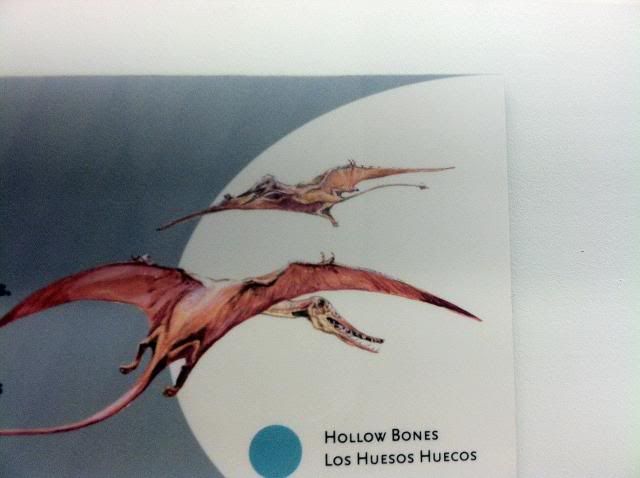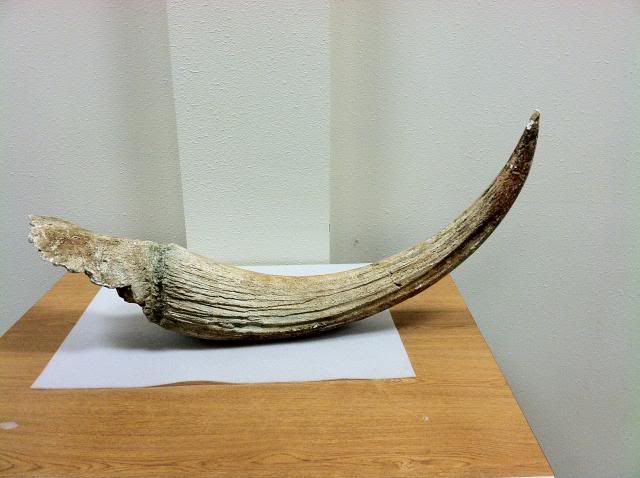Last month’s challenge appeared to give everyone a hard time since it went a whole two days before someone took a guess. However, after a few days of silence, Isotelus once again correctly named this critter.
Rhamphorhynchus muensteri
This critter is indeed Rhamphorhynchus muensteri.

(Taken at The New Mexico Museum of Natural History and Science)
R. muensteri lived during the late Jurassic 156 to 145.5 million years ago. Its fossils are found in Germany, with several possible specimens of Rhamphorhynchus found in England, Spain, and Tanzania. R. muensteri reached a size of ~1.26 meters from snout to tail with a wingspan of ~1.81 meters. However, the smallest known specimen is a (hatchling) ~290 millimeters in length, but would have still been capable of flight. R. muensteri was a long-tailed genus of pterosaur, and was less specialized than the contemporary short-tailed pterosaurs.
R. muensteri had needle-like teeth that were forward facing, the tip of its beak was sharp and curved up, and lacking teeth. When the jaws were closed, the teeth fit together like a closed zipper. This suggests that R. muensteri had a diet mostly made up of fish and other marine animals. Adult R. muensteri had a diamond-shaped vane at the end of their tail, which possibly was used to signal for mates; the diamond-shaped vane does not appear on smaller specimens assumed to be juveniles, and their beaks are not as sharp and curved.
Moving on to next week’s challenge:

(Taken at The New Mexico Museum of Natural History and Science)
Good luck to everyone who is playing and I promise that this one will be the last difficult one for a while.